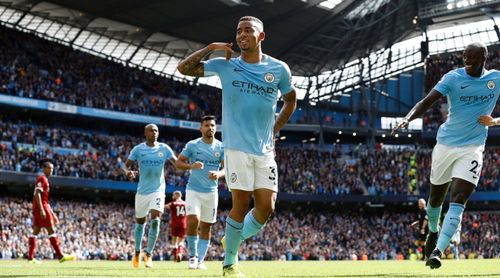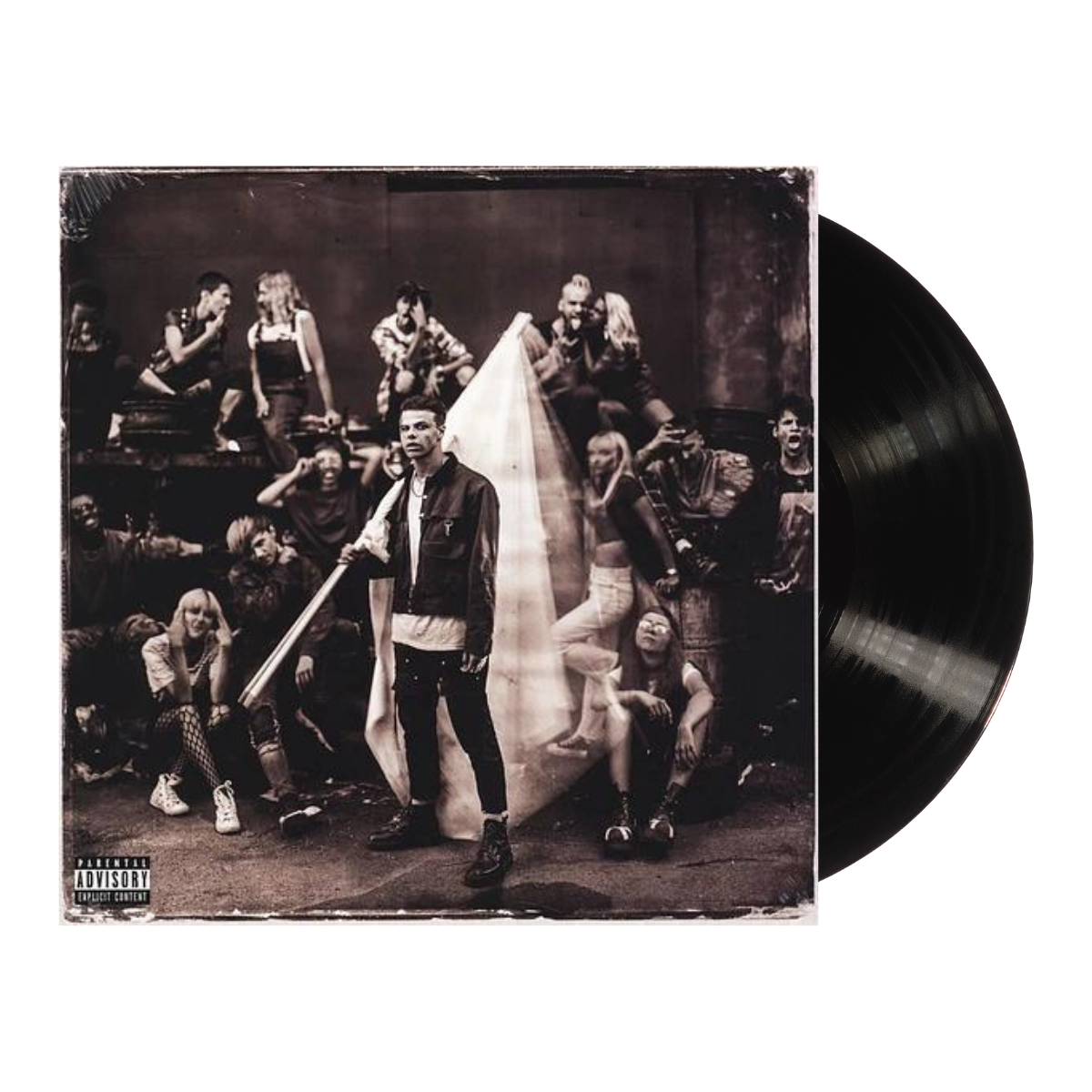
The Price of Genius: Understanding the World of Footballers with the Highest Market Value
In the exhilarating world of professional football, where passion meets commerce, few metrics captivate fans, pundits, and club executives alike as much as a player’s market value. It’s a dynamic, often dizzying figure that transcends mere transfer fees, encapsulating a complex blend of raw talent, current performance, future potential, commercial appeal, and the intricate economics of the beautiful game. At the pinnacle of this valuation pyramid sit a select few – the footballing elite whose price tags stretch into the hundreds of millions, reflecting not just their on-field prowess but their immense impact on the global sporting landscape.
This article delves into the fascinating realm of footballers with the highest market value, exploring the multifaceted factors that determine these astronomical figures, highlighting the current crop of stars who command such valuations, and dissecting what these price tags truly signify for players, clubs, and the sport as a whole.
The Anatomy of Market Value: More Than Just a Number
To truly appreciate why certain players are valued so highly, one must first understand the myriad components that contribute to their market worth. It’s a sophisticated algorithm, constantly recalibrating, influenced by both tangible statistics and intangible qualities.
-
Age and Potential: Perhaps the most significant determinant is a player’s age. Younger talents, particularly those under 23, with a proven track record and immense scope for development, command premium prices. Their "resale value" and the years of top-level performance they promise make them highly coveted assets. A 20-year-old superstar will almost always be valued higher than a 30-year-old one, even if their current performance levels are similar, simply due to the longevity factor.
-
On-Field Performance and Consistency: This is the bedrock. Goals, assists, key passes, defensive contributions, dribbles completed, passing accuracy – these statistics paint a picture of a player’s effectiveness. But it’s not just about individual brilliance; consistency across seasons, in high-stakes matches (Champions League, international tournaments), and against top opposition is crucial. Players who consistently deliver at the highest level demonstrate reliability and a capacity to perform under pressure.
-
Contract Length: A player with a long-term contract (e.g., 3+ years remaining) offers their current club significant leverage in negotiations. Should another club come calling, the selling club can demand a much higher fee. Conversely, a player nearing the end of their contract (12-18 months remaining) sees their value diminish significantly, as the selling club risks losing them for free.
-
Position and Rarity: Certain positions inherently command higher valuations due to their impact on the game. Prolific goalscorers (strikers), creative attacking midfielders, and dynamic wingers often top the list. Elite centre-backs and holding midfielders who can dictate play or provide crucial defensive solidity also fetch high prices, especially if they possess rare combinations of skills (e.g., a ball-playing defender who is also physically dominant).
-
Marketability and Commercial Appeal: Beyond the pitch, a player’s global brand recognition, social media presence, and appeal to sponsors significantly inflate their value. Stars like Cristiano Ronaldo and Lionel Messi, even in their later careers, have commanded immense commercial value due to their worldwide following and endorsement potential. This aspect is becoming increasingly important in the digital age.
-
League and Club Status: Playing for a top-tier club in a prestigious league (Premier League, La Liga, Serie A, Bundesliga, Ligue 1) amplifies a player’s visibility and perceived value. Success in the UEFA Champions League, the pinnacle of European club football, further boosts a player’s profile and market worth.
-
Injury History: A clean bill of health is paramount. Players with recurring or serious injury concerns are inherently riskier investments, which can depress their market value regardless of their talent.
-
International Pedigree: Performing well for one’s national team, especially in major tournaments like the World Cup or European Championship, can dramatically elevate a player’s standing and market value, putting them on a global stage.
The Current Titans: Who Commands the Highest Valuations?
While market values are fluid and subject to constant fluctuation, a consistent group of players has dominated the top tier in recent years, embodying the perfect storm of talent, youth, and potential. As of early 2024, the names that consistently appear at the zenith of market value rankings (often cited by reputable sources like Transfermarkt, CIES Football Observatory, etc.) include:
1. Kylian Mbappé (Paris Saint-Germain): For years, Mbappé has been the undisputed king of market value. His electrifying pace, clinical finishing, exceptional dribbling, and consistent goal-scoring record make him one of the most devastating attackers in world football. Despite being a household name for years, his relatively young age (mid-20s) means he still has many prime years ahead. His global icon status, World Cup winner’s medal, and the constant transfer sagas surrounding him only add to his immense commercial and sporting appeal, pushing his value often above €180-200 million, even nearing the €250 million mark at times.
2. Erling Haaland (Manchester City): The Norwegian goal machine has taken the Premier League by storm since his arrival. His incredible goal-per-game ratio, raw power, athleticism, and predatory instincts in the box have shattered scoring records. At just 23, Haaland represents the quintessential modern striker – a blend of physical dominance and lethal finishing. His value consistently hovers around the €180-200 million mark, a testament to his almost guaranteed goal output.
3. Jude Bellingham (Real Madrid): Bellingham’s meteoric rise has been astonishing. The English midfielder, who transitioned seamlessly from Borussia Dortmund to Real Madrid, has redefined the central midfield role. His rare combination of defensive solidity, attacking prowess, leadership qualities, and incredible maturity for his age (20) makes him an extraordinary talent. He scores, assists, tackles, and dictates play, making him arguably the most complete young midfielder in the world. His market value has soared past €180 million, reflecting his immediate impact at one of the world’s biggest clubs.
4. Vinicius Jr. (Real Madrid): The Brazilian winger has matured into one of the most dangerous attacking threats in European football. His dazzling dribbling, explosive pace, and improved goal contribution have been pivotal in Real Madrid’s recent successes, including multiple Champions League titles. Still only 23, Vinicius possesses the flair and unpredictability that makes him a nightmare for defenders, cementing his value well over €150 million.
5. Bukayo Saka (Arsenal): A homegrown talent, Saka has become the talisman for Arsenal and a key player for the English national team. His versatility, consistency, work rate, and ability to deliver crucial goals and assists from the right wing make him an invaluable asset. At 22, he represents a secure long-term investment for any top club, with his value frequently exceeding €120-130 million.
Other notable players consistently featuring in the top ten include Phil Foden (Manchester City), Jamal Musiala (Bayern Munich), Rodrygo (Real Madrid), Pedri (Barcelona), and Gavi (Barcelona) – all young, exceptionally talented players who combine high performance with significant future potential.
The Economic Ecosystem: What High Value Means
The staggering market values of these players have profound implications for the entire football ecosystem:
-
For Clubs: Owning players with high market values is a significant financial asset. It provides leverage in transfer negotiations, allows clubs to attract top-tier talent (as other players want to play alongside the best), and enhances their global brand. Clubs like Real Madrid, Manchester City, and Paris Saint-Germain are not just buying players; they are investing in long-term assets that can deliver both sporting success and financial returns. The ability to buy low and sell high is a key component of sustainable club management for many.
-
For Players: A high market value brings immense prestige and recognition, often translating into lucrative contracts, endorsement deals, and global celebrity. However, it also comes with immense pressure. Every performance is scrutinized, every mistake amplified. The weight of expectation on a €150 million player is incomparable to that on an average professional.
-
For the Transfer Market: The presence of these highly valued players sets new benchmarks for transfer fees across the board. It creates an inflationary effect, where even mid-tier players’ prices can seem inflated compared to previous eras. This also fuels the complex web of agent fees, bonuses, and add-ons that accompany every major transfer.
-
For the Sport as a Whole: The pursuit of the most valuable players fuels narratives, creates rivalries, and generates immense media interest. It contributes to football’s status as a global spectacle, attracting billions of dollars in broadcasting rights, sponsorship, and merchandise sales. The constant chatter around transfer values keeps the sport in the headlines even during off-seasons.
Beyond the Price Tag: The Intangible Value
While market value is a powerful indicator, it doesn’t always capture the full essence of a player’s contribution. Leadership, dressing room influence, loyalty, and the sheer joy they bring to fans are intangible qualities that defy a simple monetary figure. Lionel Messi, for instance, during his peak at Barcelona, was arguably "priceless" to the club, even if his theoretical market value fluctuated.
Moreover, market value is a projection, a calculated risk. Injuries, dips in form, or unforeseen circumstances can rapidly deflate a player’s worth. Conversely, a breakthrough season or a stellar performance in a major tournament can send it soaring.
Conclusion
The world of footballers with the highest market value is a captivating intersection of athletic brilliance, strategic financial management, and global entertainment. These players are not merely athletes; they are valuable assets, brand ambassadors, and the focal points of an industry that generates billions. Their price tags are a testament to their exceptional talent and potential, but also a reflection of the intricate economic forces that govern modern football. As the game continues to evolve, driven by data, commercialization, and an insatiable global appetite for excellence, the pursuit and valuation of these footballing titans will remain a central, defining feature of the beautiful game. The question isn’t just "who is the most valuable?" but "what does that value truly mean?" – a question that continues to shape the future of football.



